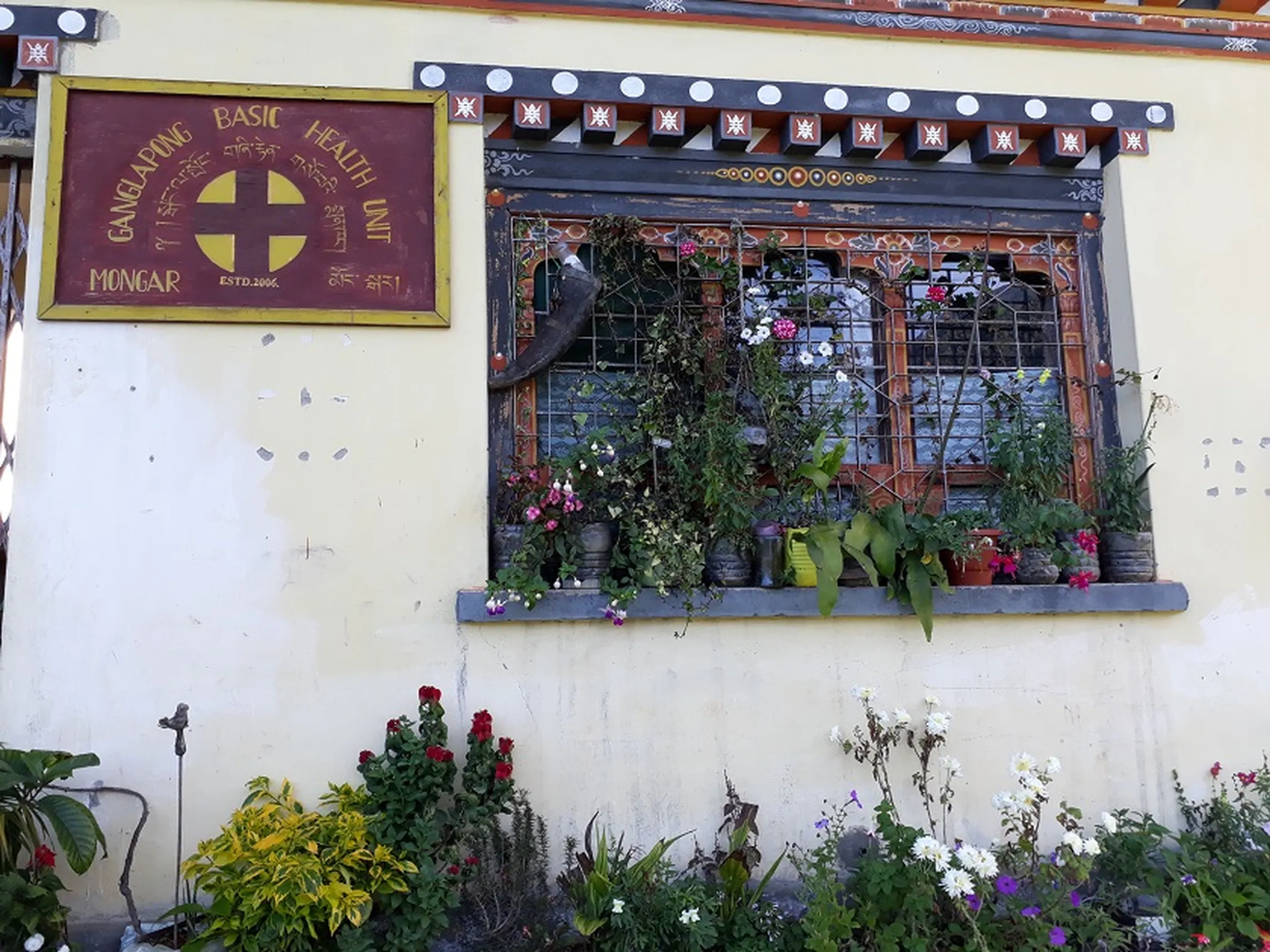Ganglapong’s clean village
Closing the sanitation gap in the district of Ganglapong: a story by Kumar Gurung, Health Assistant II, Ganglapong PHC, Mongar.

Ganglapong is located in Mongar Dzongkhag of Bhutan. To reach the District Administration, people travel through 90 km of rugged terrain. In 2020, Bhutan’s Annual Health Bulletin (AHB) found that 100% of Ganglapong’s population now have access to improved sanitation (pour flush toilets) and safe drinking water. These facility improvements, as well as in sanitation and hygiene practice, have led to the decline of diarrhoeal diseases, helminth, and skin infections.
With support from SNV, UNICEF, and the Public Health Engineering Division of the government’s Ministry of Health, change in people’s hygienic behaviour (safe disposal of faeces and handwashing with soap) and their ownership of these changes have enhanced quality of life and increased economic productivity.[1] Decline in student absenteeism in schools have improved overall academic performance of the Ganglapong school. Morbidity and mortality rates of children under five years have fallen. Diarrhoeal disease patterns and helminth infections no longer feature in the AHB’s top 10 morbidity rank. Incidences of skin infections such as scabies, once a huge problem in schools and institutions, have lessened.
The government’s Rural Sanitation and Hygiene Programme (RSAHP) consists of interventions that involve not just the community but schools and institutions as well. The broad scope of the RSAHP has helped to strengthen sector collaboration, which in turn, helped us to achieve our target. Whilst sanitation or hygiene are not new topics in the health sector, acquiring improved toilets was always a challenge. The RSAHP was key in delivering to this urgent gap.

Ganglapong's basic health unit
To date, the Ganglapong local government continues to search for ways to further sanitation and hygiene progress. For example, the absence of shops that sell sanitation products in the area and Ganglapong’s distance from the centre remain a key challenge to maintain healthy and hygienic lives. The 90 km journey to the district town to access spare parts makes it very expensive for the population to meet their daily needs. The distance has also had an adverse effect for the timely repair and (minor) maintenance of facilities. Towards addressing these challenges, local government is engaging shop owners to include sanitation materials and spare parts in their product offerings. Though a thriving sanitation market has yet to be seen in Ganglapong, the persistent efforts of local government and their partners provide villagers and health assistants such as myself hope that the distance to healthier lives will soon be closed.[2]
Notes
[1] In Mongar, Eastern, sanitation and hygiene interventions are supported by UNICEF with technical support from SNV.
[2] This story is part of an SNV in Bhutan SSH4A blog series by local government, health care, and community partners. In this series, partners reflect on the success of Community Development Health (CDH) workshops in encouraging villages, sub-districts, and whole districts to prioritise their sanitation and hygiene conditions.
We'd love to hear from you
Contact SNV's Water Team in Bhutan if you're interested to exchange or learn more about effective WASH behavioural change methodologies implemented nationwide.